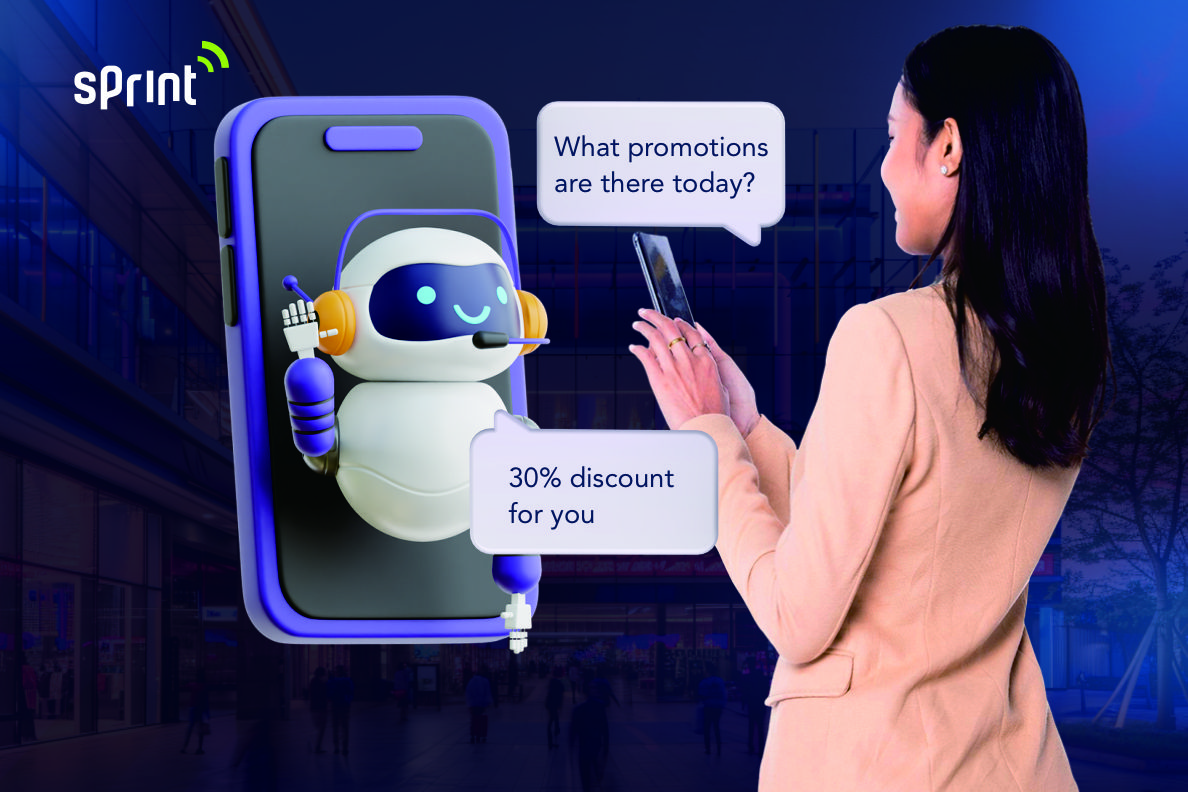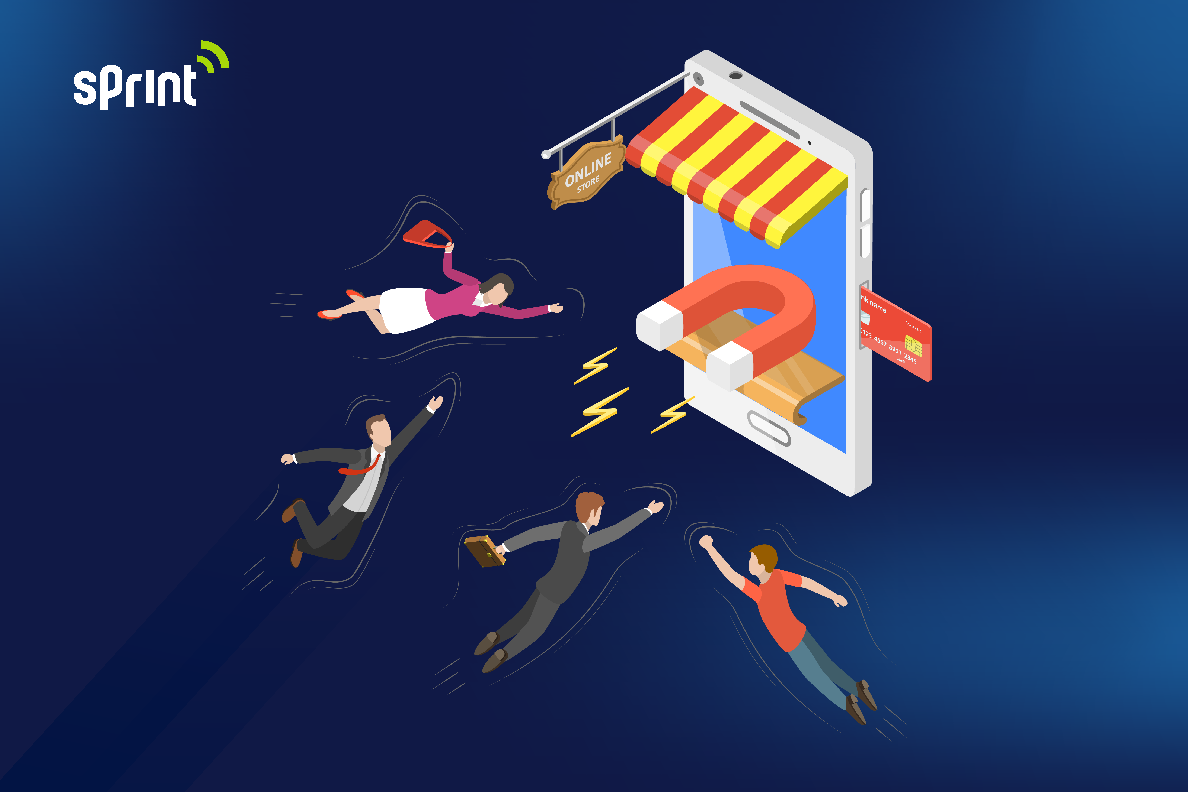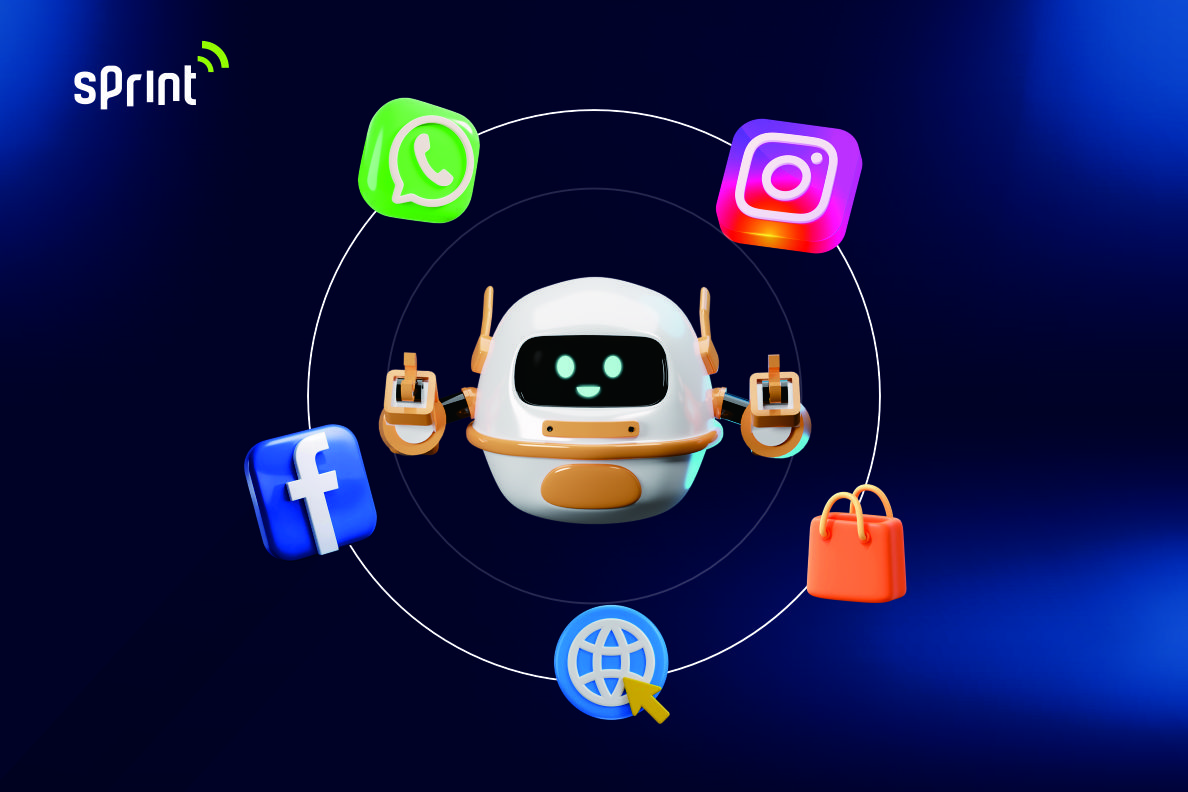Loyalty Program Benefits: Turn Customers into Subscribers

Achieving benefits from a loyalty program is certainly influenced by various factors. The loyalty program strategy aims to maintain and increase customer loyalty to your business. The main goal of loyalty programs is to maintain customer loyalty.
Customers are one of the most important assets a business has. Making customers loyal and willing to come back again to buy products will be more difficult than finding new customers.
In a competitive business world, keeping customers loyal is the key to long-term success. One effective way to achieve this is through the implementation of a good loyalty program. Loyalty programs not only help in retaining existing customers but also open up opportunities to convert customers into loyal subscriptions.
Basically, Kesetiaan pelanggan is the desire of consumers to buy or cooperate with a company on an ongoing basis. Customer loyalty to use your products on an ongoing basis will provide many benefits.
Benefits of implementing a loyalty program
- Builds Long-Term Relationships
Loyalty programs help in building long-term relationships between businesses and customers. By offering incentives to customers who frequently shop or use services, businesses can show their appreciation for the support provided by customers. This creates a sense of mutual benefit between both parties and encourages customers to remain loyal. - Increase Customer Engagement
Loyalty programs can also increase customer engagement with the brand. By providing exclusive rewards or benefits to customers who are active in the loyalty program, businesses can encourage customers to engage more. This can be in the form of special discounts, or other gifts that attract customers’ attention. - Building Customer Loyalty
One of the most obvious benefits of a loyalty program is its ability to build customer loyalty. By incentivizing customers to keep shopping or using a service consistently, businesses can create more loyal customers. An example of this is Adiraku’s loyalty program, where they provide Prezent vouchers from Sandeza that can be earned by redeeming points into vouchers of the customer’s choice. Customers who feel valued and cared for are more likely to remain loyal and even recommend the business to others. - Improving Customer Retention
Loyalty programs also play an important role in improving customer retention. By providing incentives to customers to keep using the products or services of the business, loyalty programs help reduce churn rates. This benefits the business as it reduces marketing costs to attract new customers and increases revenue from existing customers. - Turning Customers into Subscriptions
One of the main goals of a loyalty program is to convert customers into loyal subscriptions. By incentivizing customers to subscribe or use products or services regularly, businesses can create a steady and reliable revenue stream. Subscriptions also allow businesses to predict future revenue and plan more effective growth strategies.
Factors Affecting Customer Loyalty
To achieve customer loyalty, it is important to understand the factors that influence it. Here are some of the factors that shape customer loyalty.
- Product or Service Quality
One of the main factors that influence customer loyalty is the quality of the products or services offered by the business. Customers tend to remain loyal to brands that provide high-quality products or services and meet or exceed their expectations. Consistent quality will provide a positive experience. To customers and encourage them to return to use the same product or service. - Customer Experience
Customer experience is a key factor in shaping loyalty. Customers not only rate the product or service they receive, but also the entire process of interaction with the business, from ordering to after-sales service. A pleasant, efficient and personalized experience can increase customer loyalty, while a poor experience can result in customers switching to another brand. - Emotional Connection
The emotional connection between the customer and the brand also plays an important role in shaping loyalty. When customers feel emotionally connected to a brand, they tend to become more loyal and have a stronger attachment to it. Factors such as brand values, brand stories, and personal interactions with the brand can strengthen this emotional connection. - Loyalty Programs
Loyalty programs are an effective way to encourage customer loyalty. By providing incentives to customers who frequently shop or use services, loyalty programs help create an additional incentive to stick with the brand. Special discounts, gifts, or exclusive access are some examples of incentives that can increase customer engagement and loyalty. - Communication and Customer Service
Effective communication and responsive service are also important factors in shaping customer loyalty. Customers appreciate when they feel heard and cared for by businesses. Quick responses to queries or complaints, as well as providing relevant and useful information to customers, can increase customer trust and loyalty.
Customer loyalty is not something that happens spontaneously, but the result of various interacting factors. By understanding the influencing factors and how to apply them, loyalty can be the key to success to develop effective strategies to increase their engagement, satisfaction, and sense of loyalty which will result in brand advocacy. Thus customers are not only loyal, but they are happy to recommend and even give favorable testimonials about the brand which can bring long-term benefits to business growth.




